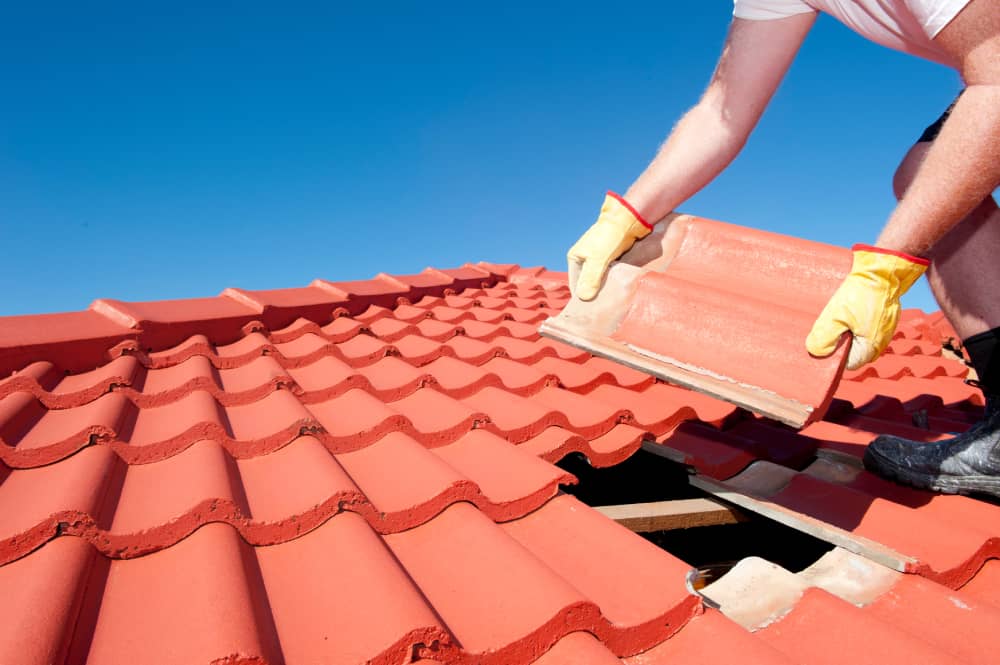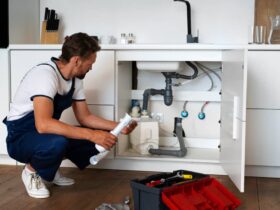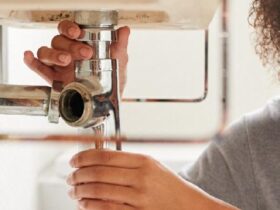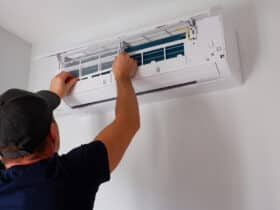A critical feature for most homes is the insulation system. This could be one investment that you need not cut corners in, as it might rip you off on electricity bills if you opt for a poor-quality system. Proper insulation will ensure that you experience your preferred temperature in your home in all four seasons.
Since a properly insulated home is your ultimate energy saver, you must make more efforts in ensuring that your insulation’s condition is well-maintained. After all, aside from ensuring that you have comfortable temperatures at home, insulation also provides side benefits, like reducing outdoor noise.
If you’re thinking about maintaining your insulation system, below is a checklist to guide you.
1. Insulate Your Air Ducts
Heating, ventilation, and air conditioning (HVAC) systems utilize air ducts for delivering and removing heated and cooled air. These air ducts also return the same quantity of air to the HVAC system. Your HVAC system relies heavily on air ducts.
The increased ventilation requirements of today’s building codes have emphasized energy efficiency, so insulating air ducts have become an essential part of the design and construction process. Give your insulation contractor, like Earthwool Insulation, a call to know which options are best for your home. It’s time to invest in proper insulation for your ducts, too. Here are some of the benefits it can give you:
- Helps Conserve Energy
When your ducts are protected well with insulation, you can help your HVAC system to function appropriately, as well as sufficiently distribute heat and air only to your target places in your home. This will allow them to work less and, in turn, use less energy. - Helps Control Condensation
If the temperature of duct surfaces is equal to or lower than the dew point, condensation will form. Microbial growth can result from this moisture. If you insulate your air ducts well, you can eliminate these mold and bacteria developments. Also, your ceilings, walls, and other home surfaces can maintain their condition better over time. - Can Reduce Noise
A poorly insulated ductwork can sound a bit loud and distracting for homeowners. This is a natural phenomenon as ducts transfer air or heat from a space to another. Therefore, insulating them can reduce the noise and make your home seem more comfortable.
2. Close Off All Windows And Doors
Depending on your home’s size, you might be using centralized heating, ventilation, and air conditioning system. However, it’s understandable how some areas or rooms in your home aren’t often visited nor utilized. To maximize your home’s insulation, it’d be best to close the windows, doors, or barriers that connect your living area to these unused ones.
Close the heating vents or ducts in these rooms, and keep the doors closed to save energy. Nobody can eventually benefit from the additional space that gets heated or cooled down, so you might as well narrow down the number of rooms being serviced.
3. Maintain The Attic Ventilation

A poorly ventilated attic can result in ice dams during the winter, higher cooling costs during the summer, a breeding ground for mold, and a shorter shingle lifespan. The vents can be clogged with dust and other particles over time, which, turn, will affect your HVAC and your home’s insulation system, too. Hence, it’s essential that you clean your vents with a low-pressure washer, blower, or compressed air. However, you need to carefully use these machines as you don’t want your attic to be flooded or damaged. You can set out a regular schedule for cleaning your attic vents. Hire the best HVAC services to ensure optimal results.
4. Fill In The Gaps With Caulk Or Foam
It’s pretty standard for homes to experience leaks, that’s why it’s imperative that you check your home once in a while. Having your expanding foam and caulking gun readily available allows you to work on the bigger air leaks. You can fill in these gaps and improve the insulation of your home. Check around the venting areas of your home and see where you need to fill the gaps.
In most cases, you need to check the plumbing vent, interior walls, electric cable holes, and some other cracks in drywalls, too. You can use caulk or foams as your means for sealing. Ensure that you choose and use the right product for sealing as you need durable ones that can last a long time.
5. Utilize A Leak Detector System
Thanks to technology, you can utilize devices now to improve home insulation. One of which is a thermal leak detector that can help you detect drafts in your home. This tool operates on battery, and it uses infrared sensors to detect hot or cold spots, signifying air leaks or inadequate insulation. By using this tool, you’ll have an idea or a lead as to which area in your home may possibly have leaks.
When checking your home’s insulation, point the device through all the spaces, especially in window areas, doors, ceilings, and walls. Although this might not work 100% accurately, you can manually check the space out to further inspect whether or not there’s a leak.
6. Consider Replacing Old And Worn Out Windows
Cold air can enter your home through the windows, especially if you have old and worn-out ones. These most likely allow the heat and cool air to seep out. The best method for ensuring insulation is to upgrade your windows completely. However, this can be a bit pricey, so if you can’t spare some budget for new ones, you can make your existing windows more energy-efficient with some enhancements.
You can find a lot of methods to insulate the windows. For instance, you can install cellular shades, apply weatherstrips and insulating shutters, and even go for budget-friendly ways, like using bubble wraps. However, you need to consider their durability, so choose the most practical but effective window insulating solution. You should install proper insulation around your windows, so that heat or cold air is kept inside your home.
7. Clean The Air Ducts
Another way to ensure your insulation’s upkeep is to clean your home’s air ducts. Without clean air ducts, contaminants can accumulate in the air, making it less healthy to breathe. Air duct cleaning involves removing dust and debris from inside the ducts. You can choose to do this home maintenance task by yourself, but you can also approach professional duct cleaners to sort out your air ducts’ dirty condition properly.
Maintaining your air ducts can make your HVAC work better and longer, and can also influence your home insulation in a good way.
Conclusion
There may be ways to improve your home’s function or financial efficiency, even by simply applying these insulation maintenance tips in this guide. Plan and choose the right tools, materials, and devices to seal your windows and home leaks. Contact the right provider for the best insulation, and you’ll get to enjoy savings on your utilities, help save the environment by saving energy, and, also, live in a more comfortable home with reduced sounds from the air ducts.













